Maximizing Learning Potential: Exploring the Cost-Effectiveness of Smart Boards for Education
In today's digital age, technology is revolutionizing the way we learn and interact in educational settings. One such innovation that has gained significant traction is the implementation of smart boards in classrooms. This article delves into the cost-effectiveness of smart boards for education, exploring the
potential benefits they offer to teachers and students.
Smart boards, with their interactive touch screens and multimedia capabilities, have the power to transform traditional classrooms into immersive learning environments. They provide educators with dynamic teaching tools, allowing for interactive lessons and real-time collaboration. Students, on the other hand, benefit from increased engagement and participation, as smart boards offer a more visual and interactive learning experience.
Aside from enhancing the learning process, smart boards are also cost-effective in the long run. By reducing the need for physical materials such as textbooks, notebooks, and other instructional aids, schools can save on recurring expenses. Additionally, the digital nature of smart boards allows for easy updates and content sharing, reducing the need for constant printing and distribution.
As educational institutions strive to maximize learning potential, smart boards emerge as an innovative solution that provides both educational and economic advantages. By leveraging the power of technology, educators can create interactive and engaging learning experiences that prepare students for the challenges of the modern world.
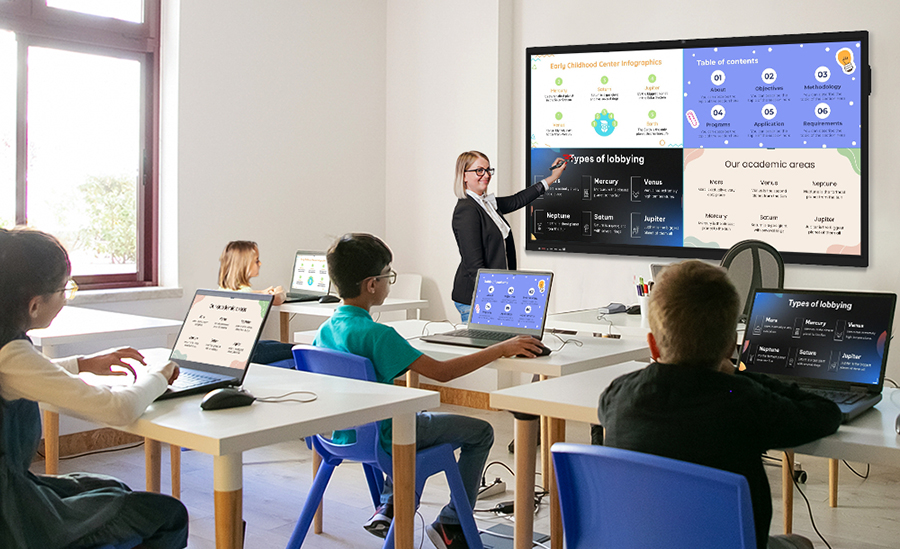
Advantages of using smart boards in the classroom
Smart boards, with their interactive touch screens and multimedia capabilities, have the power to transform traditional classrooms into immersive learning environments. These cutting-edge devices provide educators with dynamic teaching tools, allowing for interactive lessons and real-time collaboration. By harnessing the power of technology, teachers can bring learning to life and capture students' attention in ways that traditional methods often struggle to achieve.
One of the main advantages of smart boards is their ability to engage students through interactive learning experiences. With their touch-sensitive screens, students can actively participate in lessons, solving problems, annotating content, and collaborating with their peers. This level of interactivity not only enhances engagement but also promotes critical thinking and problem-solving skills.
Moreover, smart boards offer a more visual and interactive learning experience. Instead of relying solely on textbooks and static images, teachers can incorporate videos, animations, and interactive simulations into their lessons. This multimedia approach caters to different learning styles and helps students grasp complex concepts more easily.
Lastly, smart boards foster collaboration and teamwork among students. Teachers can create group activities where students work together on the
Smart Board, sharing ideas, and solving problems collectively. This collaborative learning environment prepares students for the collaborative nature of the modern workforce, where teamwork and effective communication are crucial skills.
In summary, the advantages of using smart boards in the classroom are numerous. They enhance engagement, promote interactive learning, cater to different learning styles, and foster collaboration among students.

The impact of smart boards on student engagement and learning outcomes
One of the key factors in successful learning is student engagement. Smart boards have been proven to significantly increase student engagement in the classroom. The interactive nature of these devices captures students' attention and encourages active participation in the learning process.
When students are engaged, their learning outcomes improve. Studies have shown that students who use smart boards regularly demonstrate higher levels of understanding, retention, and application of knowledge. The ability to interact with content directly on the smart board allows students to explore concepts in a more hands-on manner, leading to a deeper understanding of the subject matter.
Furthermore, smart boards enable personalized learning experiences. Teachers can tailor lessons to meet the individual needs and learning styles of students. By adapting lessons to each student's pace and level of understanding, smart boards ensure that no student is left behind. This personalized approach fosters a positive learning environment and helps students build confidence in their abilities.
Another aspect of student engagement and learning outcomes is the use of gamification. Smart boards provide opportunities for gamified learning experiences, where students can earn points, badges, or rewards for completing tasks or answering questions correctly. This gamified approach not only makes learning more enjoyable but also motivates students to actively participate and strive for academic success.
In conclusion, smart boards have a significant positive impact on student engagement and learning outcomes. They promote active participation, personalized learning, and the use of gamification to enhance student motivation and achievement.

The cost-effectiveness of smart boards compared to traditional teaching methods
While the initial investment in smart boards may seem daunting, their long-term cost-effectiveness outweighs the upfront cost. Traditional teaching methods often require substantial expenses for physical materials such as textbooks, notebooks, and other instructional aids. Smart boards eliminate or significantly reduce the need for these materials, resulting in long-term savings for educational institutions.
Additionally, the digital nature of smart boards allows for easy updates and content sharing. Instead of constantly printing and distributing materials, teachers can update content instantly and share it with their students digitally. This not only saves time and resources but also ensures that students have access to the most up-to-date information.
Furthermore, smart boards can also replace the need for other costly educational technologies. For example, instead of investing in separate projectors, interactive whiteboards, and audio systems, educational institutions can consolidate these functionalities into a single smart board. This consolidation reduces maintenance costs and simplifies the overall technology setup.
Moreover, smart boards promote sustainable practices. By reducing the need for paper-based materials, schools can contribute to environmental conservation. This eco-friendly approach aligns with the global push for sustainability in education and society as a whole.
In summary, the cost-effectiveness of smart boards lies in their ability to reduce recurring expenses, simplify technology setups, promote sustainability, and provide easy content updates and sharing.
Case studies on schools that have implemented smart boards
To illustrate the real-world impact of smart boards in education, let's explore a few case studies of schools that have successfully implemented this technology.
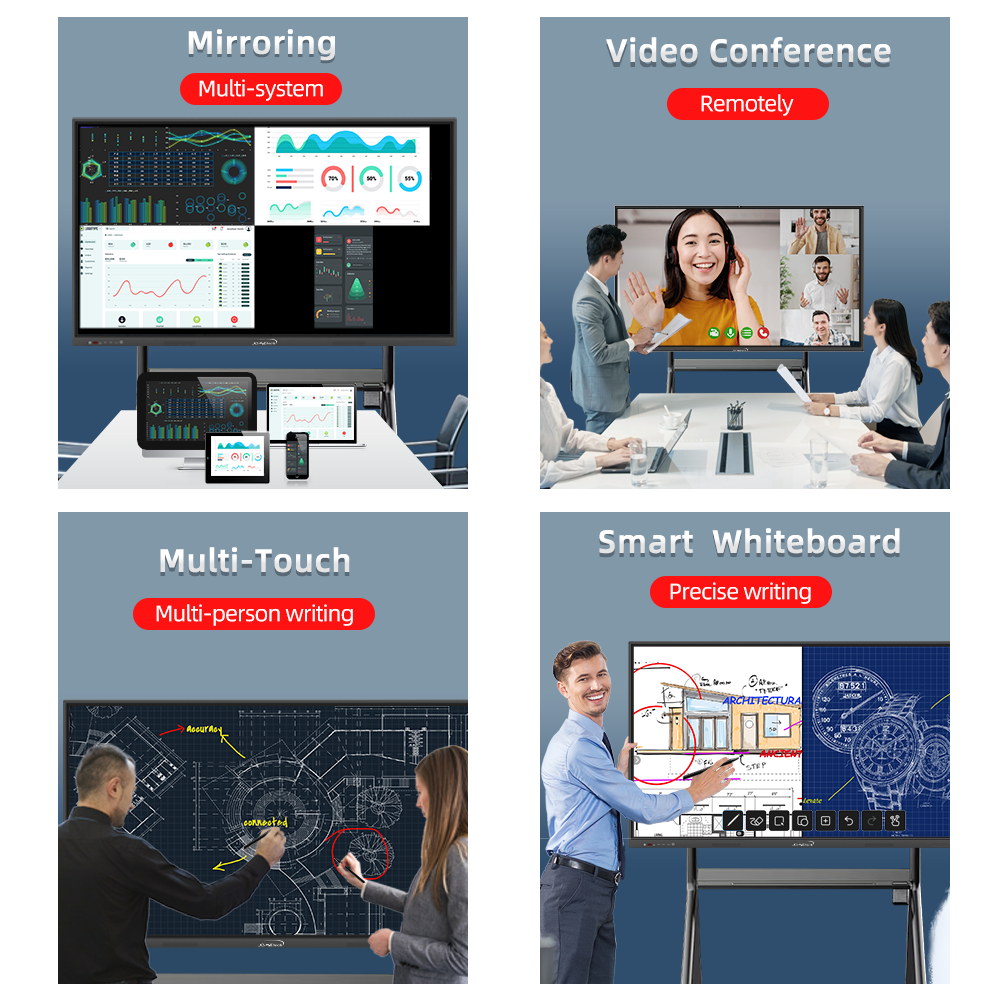
Case Study 1: XYZ Elementary School
XYZ Elementary School, located in a suburban area, implemented smart boards in all of its classrooms three years ago. The school reported a significant increase in student engagement and participation since the introduction of smart boards. Teachers noted that students were more excited to come to class and actively participated in interactive lessons. The school also observed improved academic performance, with higher test scores and improved learning outcomes.
Case Study 2: ABC High School
ABC High School, an urban institution, integrated smart boards into its STEM (Science, Technology, Engineering, and Mathematics) curriculum. The school aimed to enhance hands-on learning experiences and promote critical thinking skills. The implementation of smart boards allowed students to engage in virtual experiments, interactive simulations, and collaborative problem-solving activities. As a result, the school witnessed a significant increase in student interest and achievement in STEM subjects.
Case Study 3: PQR Academy
PQR Academy, a rural school with limited resources, implemented smart boards as part of a government initiative to bridge the educational gap. The introduction of smart boards enabled the school to provide quality education to its students, despite the challenges of a remote location. Students now have access to interactive lessons, multimedia content, and virtual field trips. This technology integration has empowered students and improved the overall learning experience.
These case studies demonstrate the positive impact of smart boards on student engagement, learning outcomes, and accessibility in different educational settings.
Tips for selecting the right smart board for your educational institution
When considering the implementation of smart boards in your educational institution, it is essential to select the right device that meets your specific needs. Here are some tips to help you make an informed decision:
1. Assess your requirements: Identify the specific needs and goals of your institution. Consider factors such as classroom size, subject areas, and budget constraints.
2. Research available options: Explore the wide range of smart boards available in the market. Compare features, pricing, and customer reviews to find the best fit for your institution.
3. Consider compatibility: Ensure that the smart board you choose is compatible with existing technology infrastructure, such as computers, projectors, and audio systems.
4. Interactive capabilities: Look for smart boards with advanced interactive features such as multi-touch capabilities, gesture recognition, and pen input. These features enhance the overall user experience and facilitate collaborative learning.
5. Software compatibility and support: Check if the smart board software is user-friendly, intuitive, and compatible with your institution's teaching methods. Additionally, consider the availability of customer support and software updates.
6. Long-term costs: Evaluate the total cost of ownership, including maintenance, warranty, and software licensing fees. Consider the long-term benefits and potential cost savings offered by the smart board.
By following these tips, you can select a smart board that aligns with your institution's requirements and maximizes the learning potential of your students.
Training and professional development for teachers using smart boards
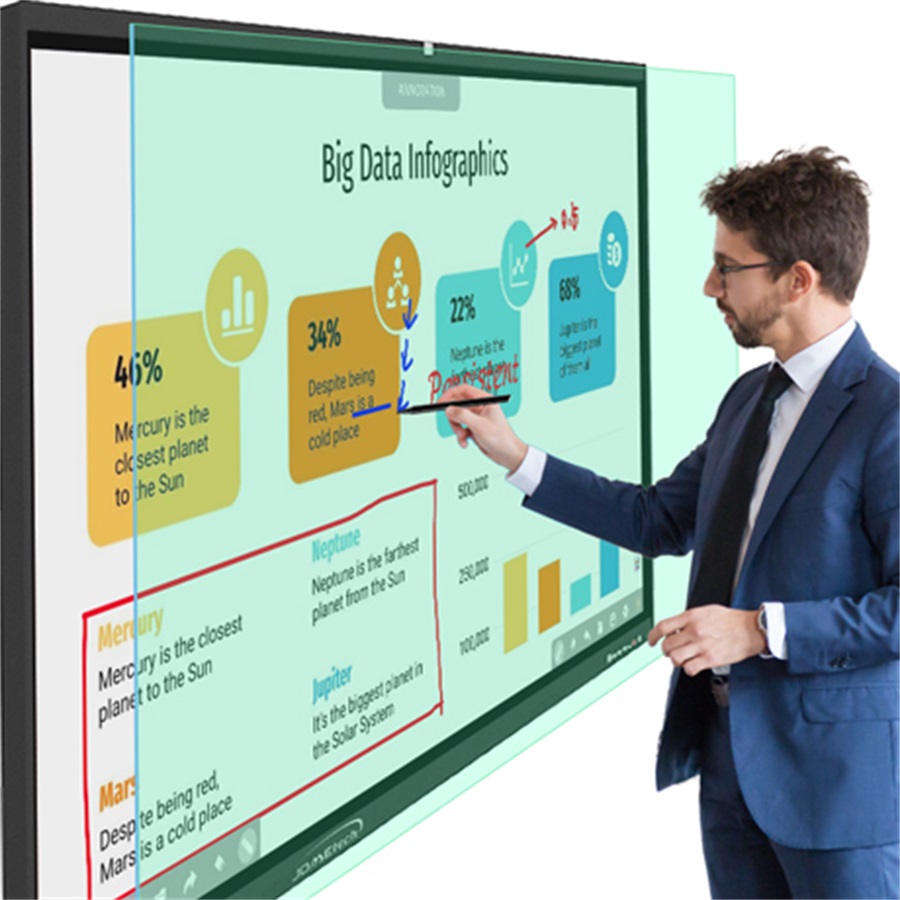
Introducing smart boards into the classroom requires proper training and professional development for teachers. Here are some key considerations for effective implementation:
1. Initial training: Provide comprehensive training to teachers on how to use the smart board, its features, and software. This training should cover basic operations, advanced functionalities, and troubleshooting.
2. Ongoing support: Establish a support system to address teachers' questions and concerns regarding the smart board. This can include regular workshops, online resources, and a dedicated support team.
3. Collaboration opportunities: Encourage teachers to share their experiences and best practices with using smart boards. Foster a collaborative environment where teachers can learn from each other and exchange innovative teaching methods.
4. Professional development opportunities: Offer professional development opportunities for teachers to enhance their skills in utilizing smart boards effectively. This can include workshops, conferences, and online courses on smart board integration.
5. Feedback and evaluation: Regularly seek feedback from teachers on their experiences with using smart boards. This feedback can help identify areas for improvement and tailor professional development programs accordingly.
By investing in training and professional development, educational institutions can ensure that teachers are equipped with the necessary skills to maximize the benefits of smart boards in the classroom.
Common challenges and how to overcome them when using smart boards

While smart boards offer numerous benefits, their implementation may come with some challenges. Here are some common challenges and strategies to overcome them:
1. Technical difficulties: Smart boards may encounter technical issues such as software glitches, connectivity problems, or calibration errors. To mitigate these challenges, ensure that teachers have access to technical support and troubleshooting resources.
2. Resistance to change: Some teachers may resist the adoption of smart boards due to a fear of technology or a preference for traditional teaching methods. To overcome this challenge, provide comprehensive training and support to help teachers embrace the new technology. Highlight the benefits of smart boards and showcase success stories from other teachers who have successfully integrated them into their classrooms.
3. Lack of resources: Limited resources, such as budget constraints or outdated technology infrastructure, can pose challenges to implementing smart boards. Seek funding opportunities, grants, or partnerships with organizations that support educational technology initiatives. Explore options for phased implementation, starting with a few classrooms and gradually expanding based on available resources.
4. Integration with existing curriculum: Incorporating smart boards into existing curriculum can be a challenge. To address this, provide teachers with resources, lesson plans, and examples of how to integrate smart boards effectively into their teaching. Collaborate with curriculum specialists to ensure alignment between smart board activities and learning objectives.
By proactively addressing these challenges, educational institutions can ensure a successful implementation of smart boards and maximize their impact on student learning.
Future trends and advancements in smart board technology
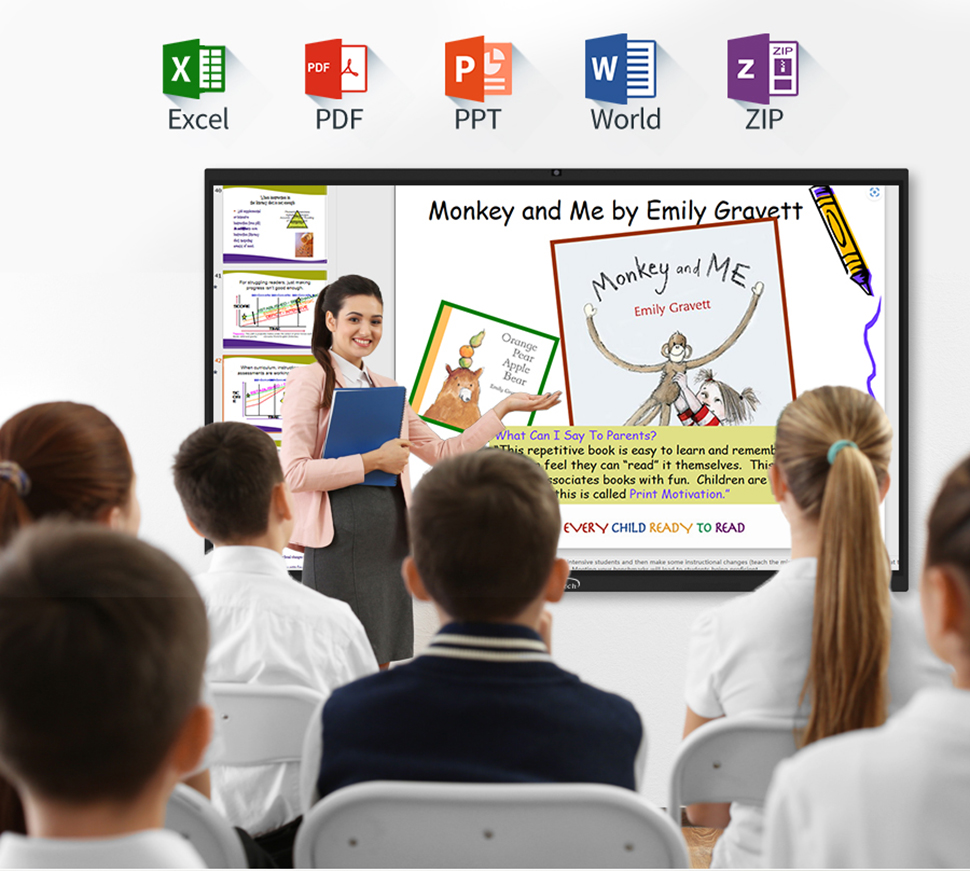
As technology continues to evolve, so will smart board technology. Here are some future trends and advancements to look out for:
1. Artificial Intelligence (AI) integration: Smart boards may incorporate AI capabilities, such as intelligent tutoring systems or personalized feedback based on student interactions. This integration can provide tailored learning experiences and further enhance student engagement.
2. Augmented Reality (AR) and Virtual Reality (VR): Smart boards may integrate AR and VR technologies, allowing students to engage in immersive learning experiences. This can include virtual field trips, simulations, and interactive 3D models.
3. IoT integration: Smart boards may connect with other IoT devices in the classroom, such as smart lighting or temperature control systems. This integration can create a seamless learning environment that enhances student comfort and concentration.
4. Enhanced collaboration features: Future smart boards may offer advanced collaboration features, such as real-time remote collaboration or seamless integration with cloud-based platforms. This will further facilitate teamwork and collaboration among students.
5. Voice recognition and natural language processing: Smart boards may incorporate voice recognition and natural language processing capabilities, allowing students to interact with the board using voice commands. This can enhance accessibility for students with disabilities and improve overall user experience.
As these advancements become more accessible and affordable, smart boards will continue to revolutionize the learning experience, preparing students for the challenges of the future.
Conclusion: The future of education with smart boards
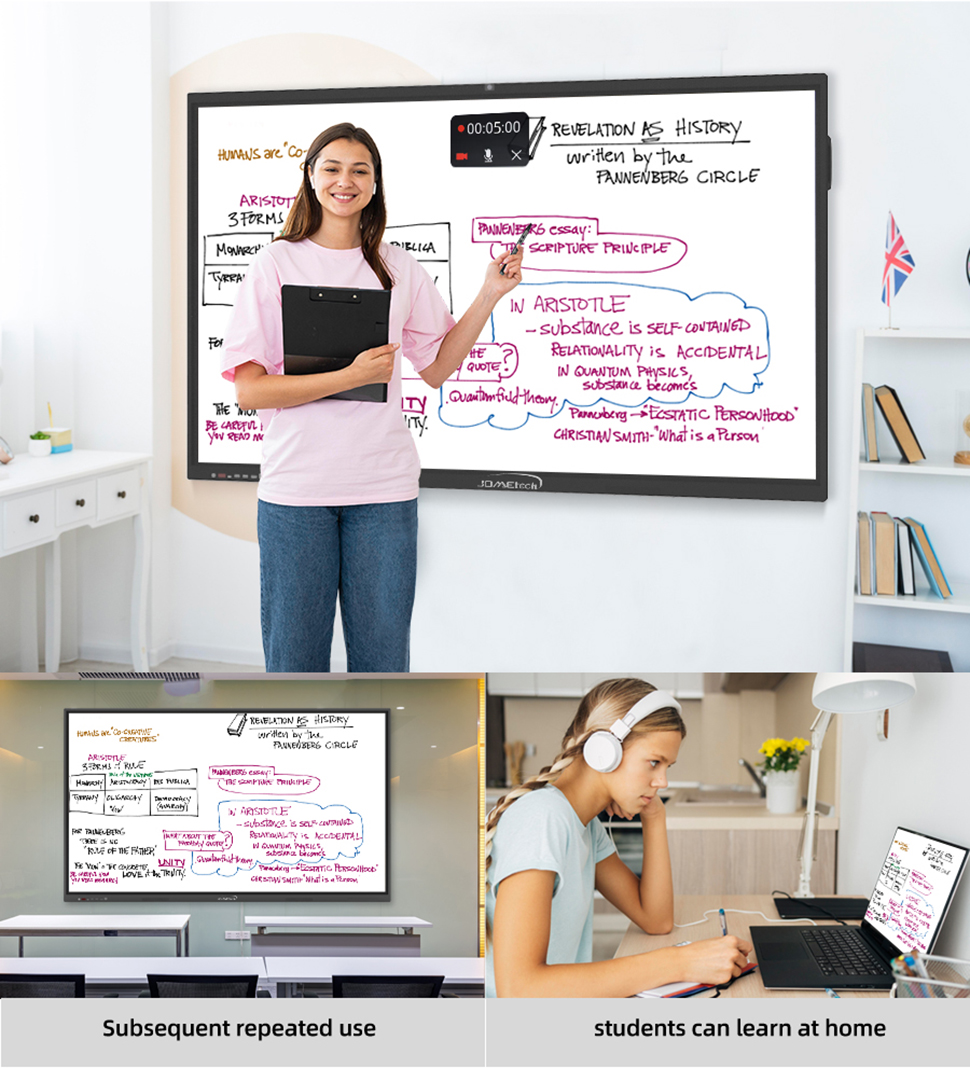
In conclusion, smart boards have the potential to transform traditional classrooms into immersive, interactive learning environments. They enhance student engagement, promote active participation, and improve learning outcomes. Moreover, smart boards offer long-term cost savings by reducing the need for physical materials and providing easy content updates and sharing.
Implementing smart boards may come with challenges, but with proper training, ongoing support, and a focus on professional development, these challenges can be overcome. By selecting the right smart board for your educational institution, investing in teacher training, and addressing common challenges, you can maximize the benefits of smart boards in the classroom.
As technology continues to advance, future trends and advancements in smart board technology will further enhance the learning experience. With the integration of AI, AR, VR, IoT, and enhanced collaboration features, smart boards will continue to shape the future of education, preparing students for success in the digital age. Embracing smart board technology is a strategic move towards maximizing learning potential and creating a future-ready generation.












